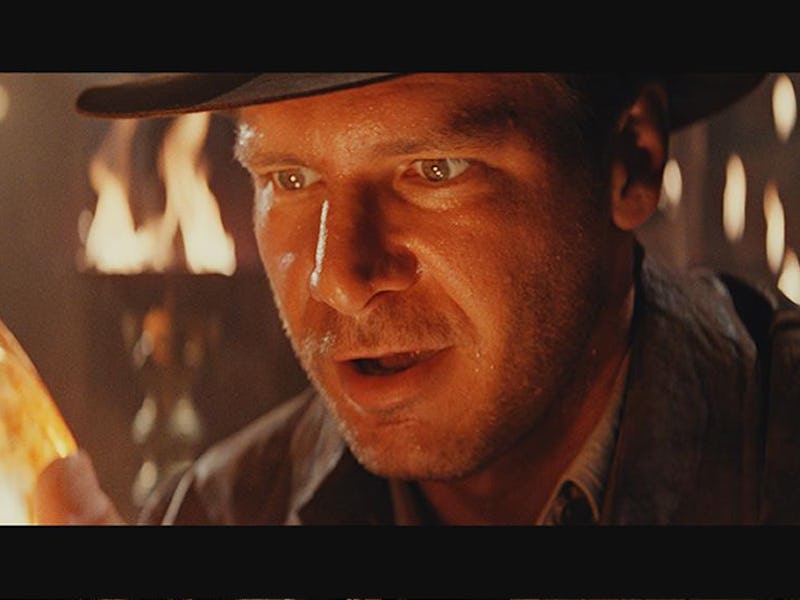Deepfake video replaces 'Indiana Jones'' Harrison Ford with Tom Selleck
How would the franchise have changed? Wonder no more.

Harrison Ford is well known for his role as tomb-raiding adventurer Indiana Jones. But have you ever wondered how the franchise would have changed with original choice Tom Selleck in the role?
Thanks to the power of artificial intelligence, we need wonder no more.
YouTuber “Sham00k,” known for their convincing use of “deepfake” technology, shared a new video Sunday demonstrating how Steven Speilberg’s 1981 classic would have looked with Selleck taking up the mantle. The artist replaces Ford’s face in the shots with Selleck’s, using artificial intelligence to make it seem more realistic.
It starts with the bridge scene from 1984’s Temple of Doom, before moving onto the iconic idol swipe in 1981’s Raiders of the Lost Ark, followed by the Nazi showdown scene in 1989’s Last Crusade, finishing off with the scene where Jones shoots the swordsman in Raiders of the Lost Ark. It’s a fascinating glimpse at an alternative history, but also an awe-inspiring — and possibly terrifying — peek at the potential A.I.-powered future of video.
Watch the result below:
Selleck was a big favorite to play the titular role over Ford. In a making-of feature, cowriter George Lucas explained how he wanted to avoid giving the role to Ford, as by that time he’d already appeared in two of his Star Wars movies as Han Solo. Unfortunately for Lucas, Selleck was already in a contract for Magnum P.I. and couldn’t accept the offer.
Selleck did record a screen test for the role, which shows how accurate the deepfake compares to the hypothetical alternative Indiana Jones franchise:
“Sham00k,” whose video has received over a quarter of a million views at the time of writing, is gradually making a name for themselves as a convincing deepfake artist. His previous works include a look at 1999’s The Matrix with Will Smith in the lead role instead of Keanu Reeves. Smith famously rejected the role, but earlier this year claimed it was perhaps for the best as he “would have ruined it.”
Another video shows how 1994’s Forrest Gump might have played out with original choice John Travolta instead of Tom Hanks in the lead role.
Deepfakes: an A.I. disaster in the making?
“Sham00k”‘s videos are a fun look at some of the most popular moves of the past few decades. A deepfake-powered hypothetical could perhaps serve well as a bonus feature, akin to a futuristic making-of or director’s commentary, on a collector’s edition Blu-ray of a great cinema classic.
But is that perhaps ignoring some of the sinister implications of this technology? Faking a video of a politician to make them say and do things could convince voters that these events actually took place. A law in California passed earlier this month outlaws people from posting faked videos of politicians 60 days before an election.
“There’s so much fear-mongering going on about this technology,” “Sham00k” said during an appearance on the podcast 2 Girls 1 Podcast. “It’s not as dangerous as people think it is. If you look at a deepfake, you’ll always be able to say, ‘that’s a deepfake.’”
Indeed, machine learning research detailed in 2018 shows that methods exist to identify these fakes. By detecting how often the subject blinks, a team from SUNY Albany was able to identify fakes with 95 percent accuracy. “Sham00k” also mentioned artefacts left behind as one of the telltale signs that a video has been faked.
These signs may not be visible to humans, meaning that the spread of fake news may still pose an issue. However, these signs could avoid the worst-case scenarios that may come to mind when considering the implications of this technology. For now, it means more footage of film stars playing the big role they once turned down.